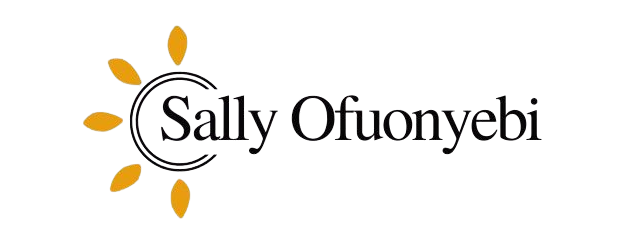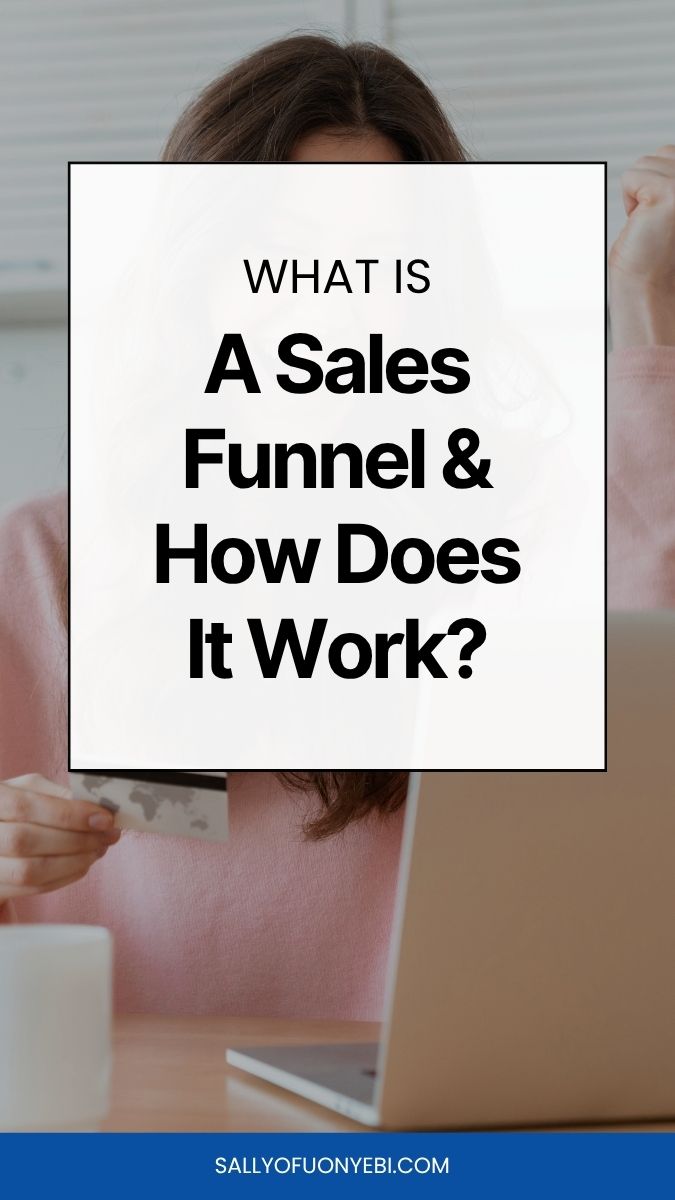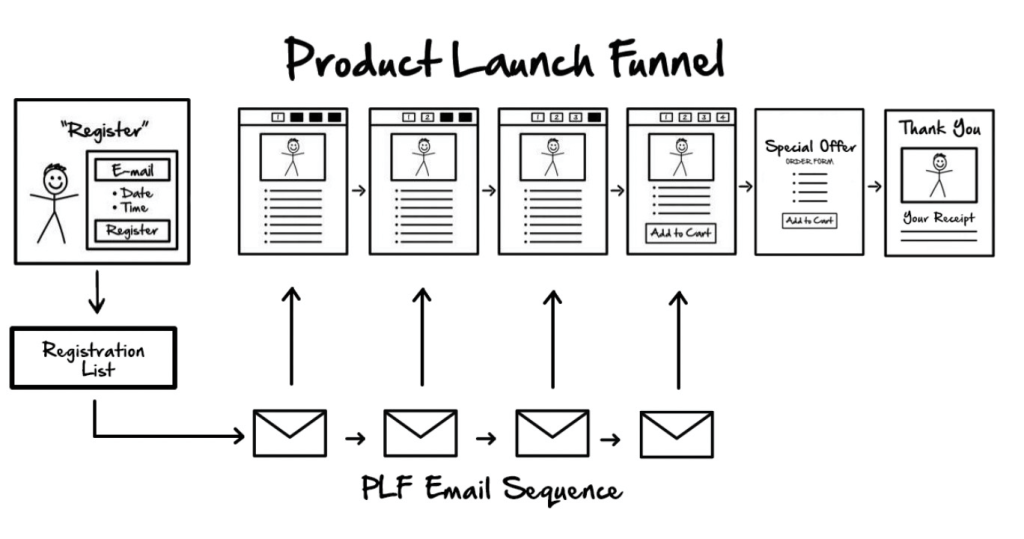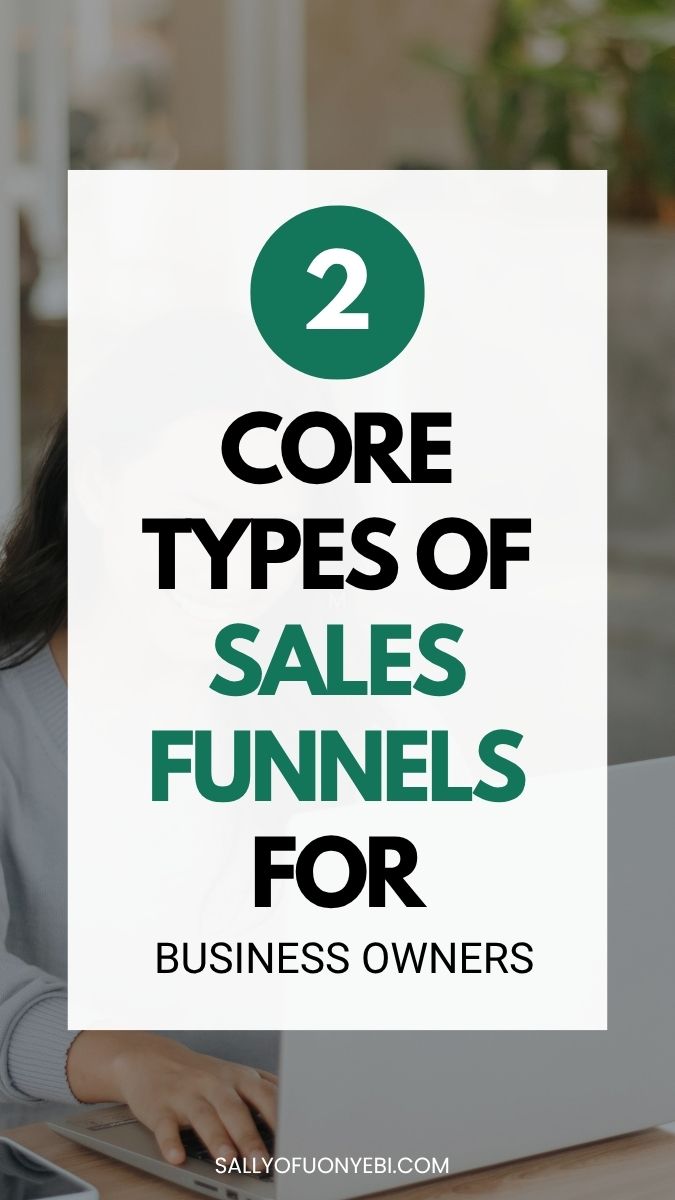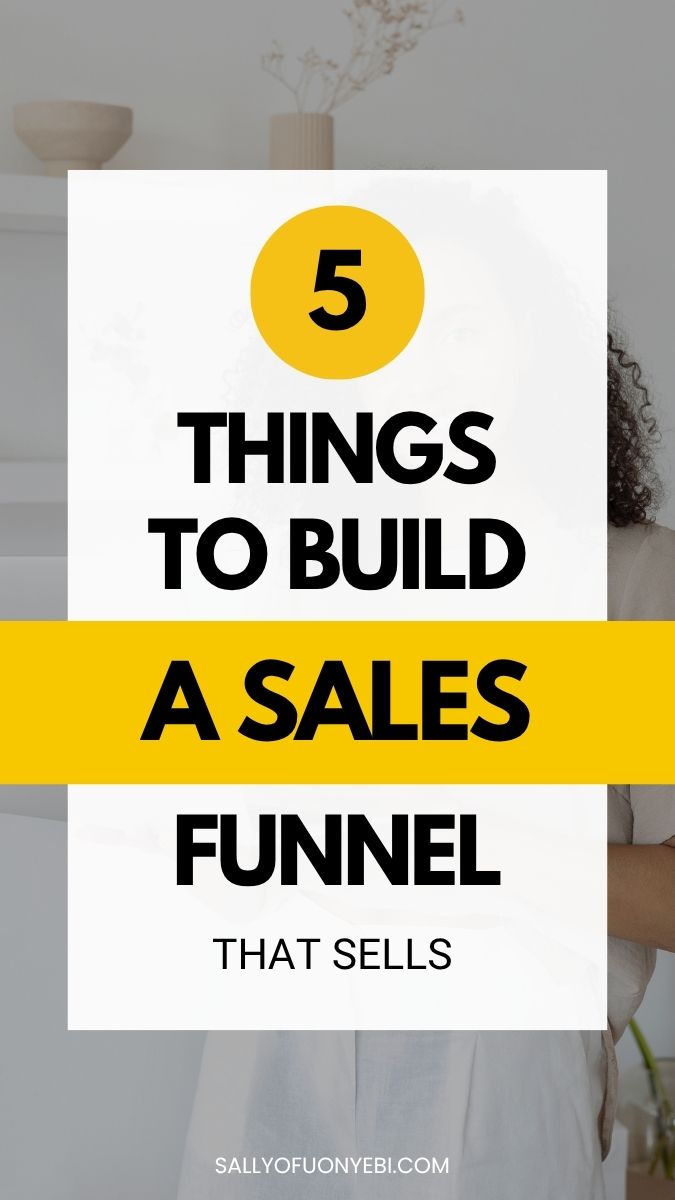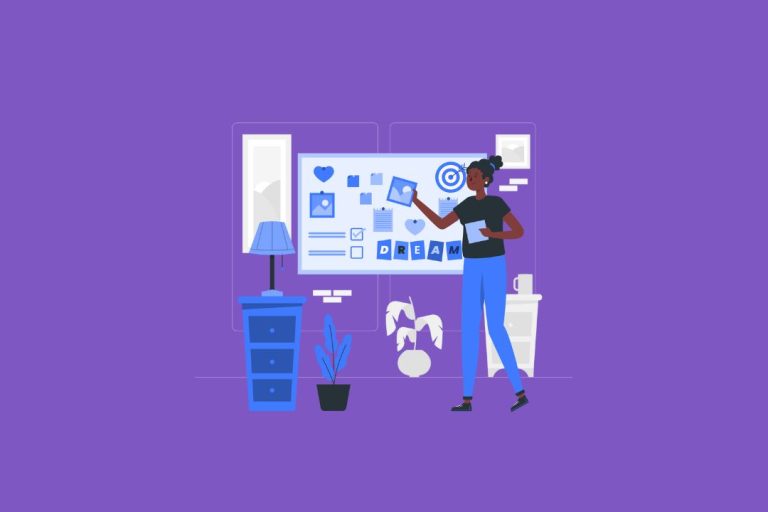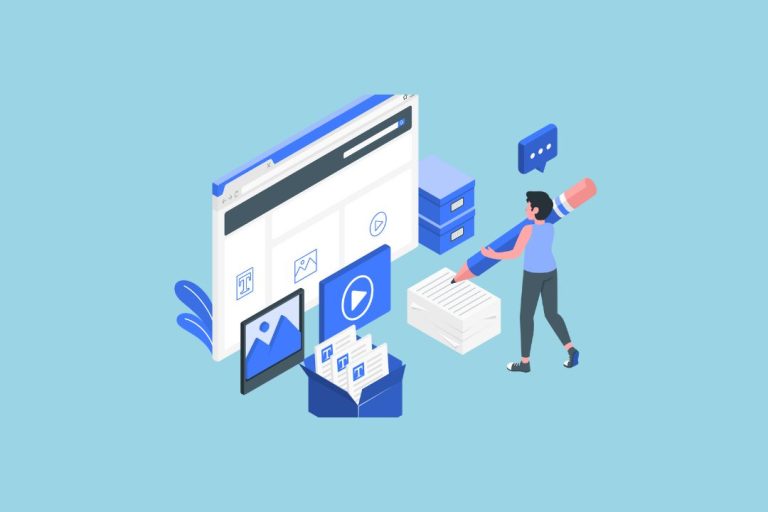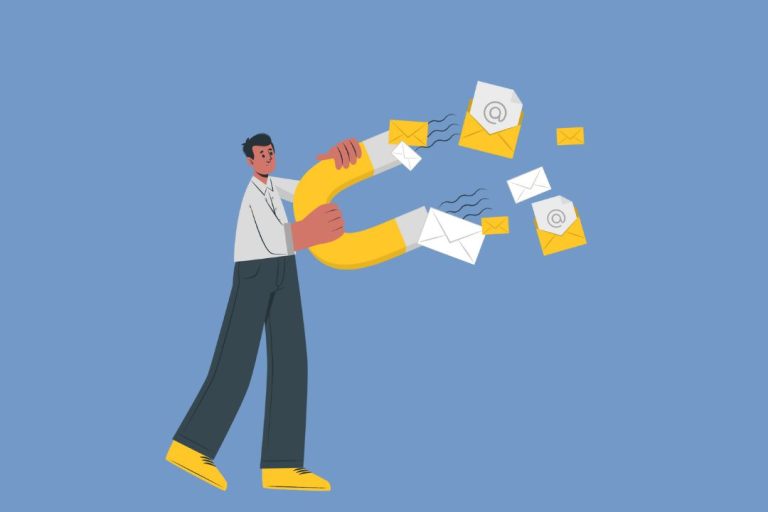What Is a Sales Funnel? How Does It Work?
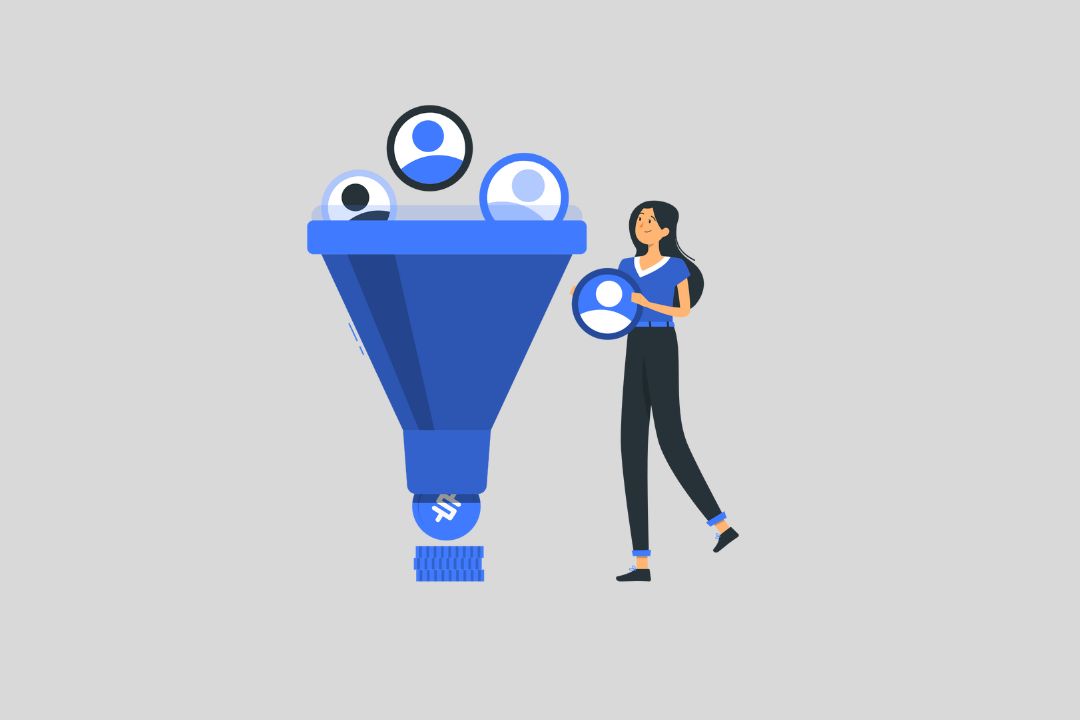
Want to get started with sales funnels but don’t know where to begin? Start with this guide.
You’ve probably heard it before: “You need a sales funnel.”
It’s one of the most common pieces of marketing advice out there, but rarely explained in a way that actually makes sense for business owners like you.
So let’s break it down.
A sales funnel is simply the path someone takes from discovering your brand to becoming a paying client. That journey could start with a visit to your Instagram profile, a blog post, or a podcast episode—something that introduces them to your work.
From there, they might: Download a free resource → Join your email list → Receive a thoughtful series of emails → Eventually invest in your offer.
That entire experience? That’s your sales funnel.
But a sales funnel isn’t something that “just happens.”
It’s a strategic process you design to guide people step by step—meeting them where they are, showing them what’s possible, and offering a clear next move.
And in this guide, you’ll learn everything about sales funnels and how to create yours.
What is a Sales Funnel?
At its core, a sales funnel is a system that guides potential clients from initial interest to final purchase.
Each stage of the funnel is designed to move people closer to a decision. You start with a low-friction entry point—often a lead magnet—so they can experience your value without risk.
Once they’re in your world, you begin nurturing that relationship. You earn trust. You prove you understand their problems. And you offer a solution that’s worth investing in.
Russell Brunson, co-founder of ClickFunnels, often says that every funnel is part of a value ladder.
That’s because every step is designed to deepen the value you provide, so people feel more confident in choosing to work with you.
His example? He once went in for a free dental cleaning and walked out having spent $8,000. Why? Because that “free” entry point opened the door to a series of services that solved his long-term problem.
Types of Sales Funnels
Most entrepreneurs and business owners use one of two funnel types, depending on their goals:
1. Live Launch Funnel
This is a time-sensitive funnel designed for when you’re actively launching an offer, like a course, program, or done-for-you service.
Your goal here is to build anticipation and convert interest into sales during a specific timeframe. For this, you’ll need a launch strategy.
A launch funnel typically looks like:
- Generating launch buzz via content or ads →
- Inviting people to a free masterclass or challenge →
- Following up with value-driven emails →
- Leading them to your paid offer
It’s structured, focused, and built to maximize conversions during your launch window.
2. Evergreen Funnel
An evergreen funnel is built to run continuously. It’s automated, scalable, and works behind the scenes to bring in leads and convert them into clients year-round.
Think of it as your digital sales system—one that attracts the right people, gives them value, and nurtures the relationship until they’re ready to buy.
That’s what I create for my done-for-you clients in four weeks. A profitable evergreen funnel that sells your stuff on autopilot.
Want to compare these two strategies? I’ve written a detailed breakdown in this Launch Funnel vs. Evergreen Funnel post.
What You Need to Build a Sales Funnel That Works
A sales funnel doesn’t need to be complicated, but it does need to be intentional. Here’s what you need to build one that gets results:
1. Audience Research
You can’t create an effective sales funnel if you don’t know who it’s for.
It’s not just about demographics—it’s about understanding your audience’s goals, frustrations, and buying behaviors.
- What do they want most?
- What’s standing in their way?
- And how does your offer help bridge that gap?
If you’re not sure how to gather that insight, I’ve created an Ideal Client Guide that walks you through the research process step by step.
2. A Compelling Lead Magnet
Thousands of people are in the same industry doing something similar to you.
People are overwhelmed by all these options! They just want someone who gets it. Someone who gets them. And that’s why your ideal clients will lurk around for a while.
They want to see if you, too, can really help them achieve their goals.
That’s why step 1 is figuring out those goals. If you know what these are, you can connect with them.
Now, once you’ve established that connection, how do you show your ideal client that your offers are worth their investments in dollars? How do you show them you can help them live their dreams?
By proving yourself with a valuable lead magnet. This could be a checklist, guide, worksheet, swipe file, or template.
A great lead magnet builds trust and naturally leads into the rest of your funnel.
3. An Irresistible Offer
Your funnel exists to support one thing:
That is, sales.
That’s why you need a paid offer. That’s what your lead magnet will naturally lead to.
Whether it’s a course, coaching package, or service, your offer should:
- Be relevant to your audience’s goals
- Be specific about the transformation it delivers
- Be structured and priced in a way that makes sense for where your audience is right now
4. Strategic Messaging
Your copy—the way you communicate your offer—can make or break your funnel.
Your messaging encompasses any offer-led blog posts, opt-in page copy, thank-you page, email sequence, and sales page.
Through your messaging, your ideal client should grasp the transformation your offer promises. Your copy assets should all work together to position your offer as the logical next step.
To write messaging that converts:
- Speak to the real challenges your audience faces
- Use their language, not industry jargon
- Focus on transformation, not just features
- Paint a clear picture of what life looks like after working with you
5. Simple Systems
Once your funnel strategy is mapped out, you need the tools to bring it to life. All these other things in your funnel should be coherent and work together in a system.
More so, create a full-funnel strategy to ensure your content and social content link back to your sales funnel.
You can use platforms like Systeme.io or MailerLite to set up:
→ Landing pages
→ Email automations
→ Sales page sequences
The goal isn’t to build a complex tech stack. The goal is to make it easy for the right people to say yes.
Building Your Sales Funnel
Sales funnels don’t have to take months.
In fact, with the right strategy and tools, you can map out and build your first funnel right away.
Grab the free email funnel template to write a conversion-led email sequence for your sales funnel.
